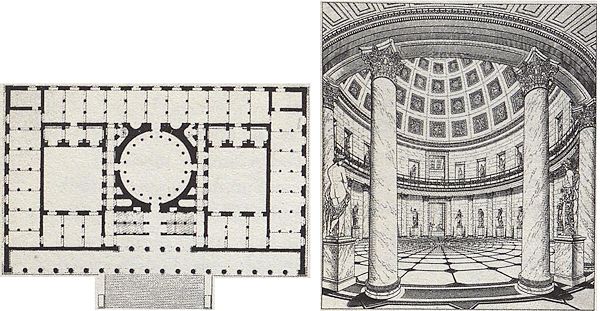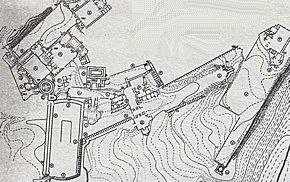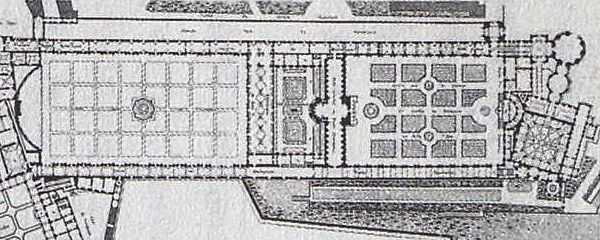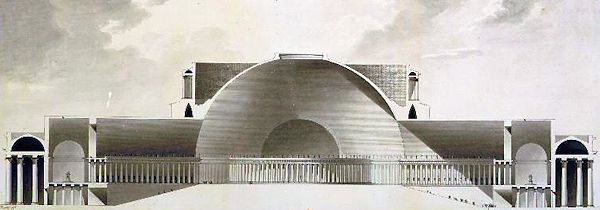museum collecting | 1991 |
|
Quite a few members of the current generation of museologists and architects have had the opportunity to put their theoretical and/or design skills to test in art museums. As a result today's new museum, the preservation of which has come under discussion (because of its contents but also because of the "container" itself), could be seen as the absolute opposite of the new theatre, to which the presentation in no. 2 of Zodiac attributed the capacity of "giving the landscape any hopes of renewal".
|
|
1. Heinrich Wagner, "Museen" in Handbuch der Architektur, 1893.
|
This is evident in the long analytical examination which started in the chapter on museums in Heinrich Wagner's Handbuch der Architektur1 and continued through the essays by Helmut Seling and Nikolaus Pevsner in The Architectural Review in the Sixties, which later appeared in the fascinating A History of Building Types.2 To think that the analysis in these
fundamental studies goes far back in time, including references to the legendary Museion of Alexandria which was connected to the great Library in that urban centre of Hellenism to which all scholars had access and presumably served in those times (4th to 3rd centuries B.C.) as a public, operational institution.
|
|
| In the views of the scholars and critics all this and everything that followed (up to Boullée's grandiose project in 1783), should be considered museum prehistory because, interesting as it may be from an archaeological point of view, it no longer works as a model, since the archetype of the truly public and functional modem art museum carne about only with the establishment of bourgeois culture, in Schinkel's Altes Museum. |
|
Quondam © 2020.07.31 |



